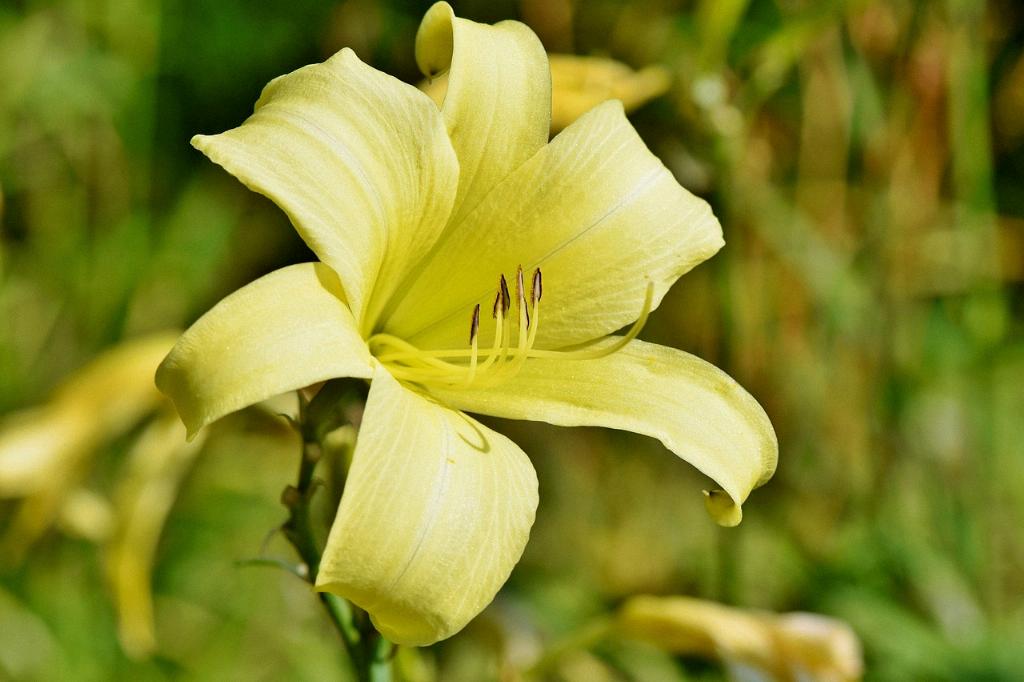Asiatic lilies are a fantastic addition to any garden, known for their vibrant colors and easy-care nature. To ensure your Asiatic lilies thrive, it’s essential to consider a few key factors for successful growth.
Choosing the Right Location and Soil
First and foremost, Asiatic lilies perform best in full sun to partial shade. When selecting a location, aim for an area that receives at least six hours of sunlight each day. Additionally, these lilies prefer well-drained soil with a loamy or sandy texture.
Climate Considerations
Asiatic lilies are hardy plants that can thrive in USDA zones 4 through 8. This wide range of adaptability makes them suitable for various climates, from cooler regions to milder zones.
Planting Timing and Technique
For optimal growth, it is recommended to plant Asiatic lilies in the fall or early spring. When planting, ensure the bulbs are placed at a depth that is three times the height of the bulb itself. This will provide the necessary support for healthy root development.
Watering and Maintenance
Proper watering is crucial for Asiatic lilies. Maintain consistent moisture levels in the soil, ensuring it is not too dry or waterlogged. During the growing season, watering should be regular but moderate.
Fertilization Tips
Applying a balanced fertilizer can help promote robust growth and vibrant blooms. Consider using a slow-release fertilizer in the spring to provide a steady supply of nutrients throughout the growing season.
Supporting Growth
As Asiatic lilies grow, they may benefit from support to prevent stems from bending or breaking under the weight of flowers. Install stakes or rings around the plants to provide additional support.
Pest and Disease Control
Keep an eye out for common pests such as aphids or spider mites, which can harm Asiatic lilies. Regular inspection and early treatment can help prevent infestations. Additionally, ensure proper air circulation around the plants to reduce the risk of fungal diseases.
Pruning and Deadheading
Removing spent blooms through deadheading can encourage the plant to produce more flowers. Additionally, prune back any yellowing or damaged foliage to promote a tidy appearance and prevent the spread of disease.
Overwintering Precautions
In colder climates, Asiatic lilies may require additional protection during the winter months. Consider applying a layer of mulch around the plants to insulate the bulbs and protect them from freezing temperatures.
Propagation Methods
Asiatic lilies can be propagated through division, which involves separating offsets from the main bulb and replanting them in a new location. This can help expand your lily collection and rejuvenate older plants.
Enjoying the Blooms
With proper care and attention, Asiatic lilies will reward you with a stunning display of colorful blooms. Take time to appreciate their beauty and fragrance, knowing that your efforts in growing these lovely flowers have paid off.

